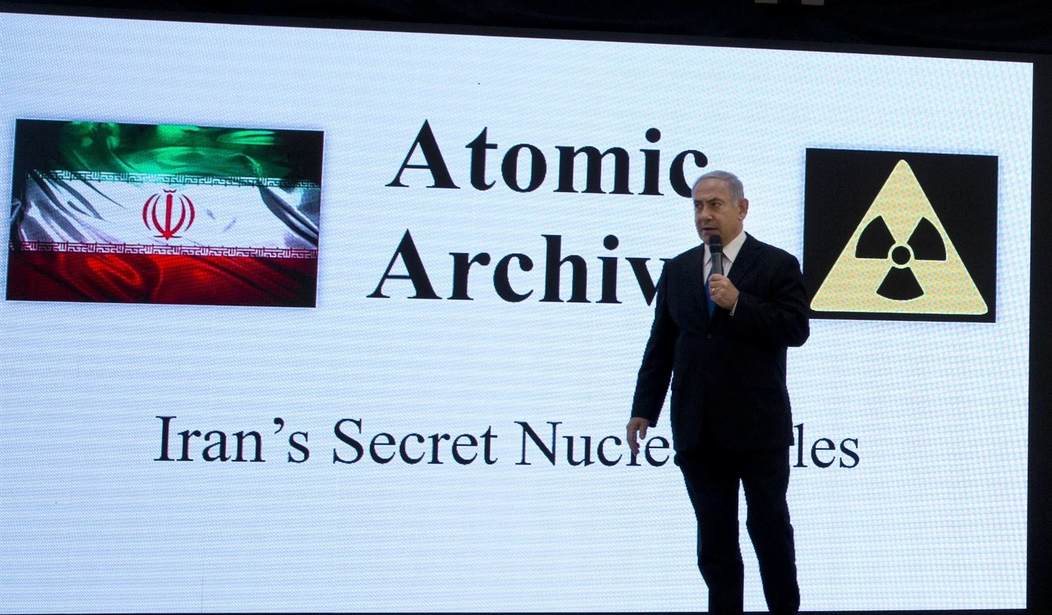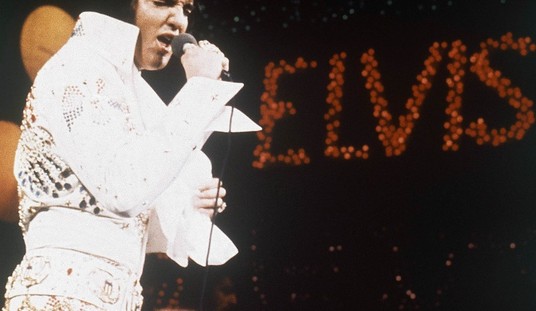The last couple of weeks have seen a string of apparent sabotage incidents in Iran. Questions about them abound. Possible answers are intriguing to say the least.
Probably the most significant attack came early Thursday morning at Natanz, when, as the New York Times reported:
A fire ripped through a building at Iran’s main nuclear-fuel production site…, causing extensive damage to what appeared to be a factory where the country has boasted of producing a new generation of centrifuges….
A Middle Eastern intelligence official…said the blast was caused by an explosive device planted inside the facility. The explosion, he said, destroyed much of the aboveground parts of the facility where new centrifuges…are balanced before they are put into operation….
Secretary of State Mike Pompeo…told the United Nations Security Council on Tuesday that Iran’s advanced centrifuges posed a threat.
“Iran is also accumulating dangerous knowledge,’’ he said…. “Late last year, Iran announced that its scientists were working on a new centrifuge — the IR-9 — that would allow Tehran to enrich uranium up to 50 times faster than the IR-1 centrifuges allowed” under the Obama-era deal.
Israeli military analyst Ron Ben-Yishai, for his part, told Radio Farda that “by using the new generation of centrifuges Iran could have acquired a nuclear bomb with staggering speed, within weeks or months.”
Instead, Iran appears to be facing a more dismal prospect. On Monday, Israel’s Channel 12 News said the “attack on the Natanz nuclear facility in Iran, credited to Israel, had managed to set back Tehran’s uranium enrichment program by two years, citing Western intelligence estimates.”
Channel 12 also said Israel’s Mossad had “recently foiled planned or attempted Iranian attacks on Israeli diplomatic missions in Europe and elsewhere,” and that “frustration is growing fast in Iran.”
And what of the other incidents? The biggest of them, which came on June 26, was a huge blast at Iran’s secret Parchin nuclear complex. Breaking Defense reported that the explosion “destroyed big parts” of the facility and
caused heavy damage to the Shahid Bakeri Industrial Group, which makes solid-propellant rockets…. Large industrial buildings at the site visible from satellite photographs also suggest missile assembly being conducted there….
Israel has denied any connection to the huge explosion in the secret facility.
However, multiple sources [in Israel] say the explosion could have been caused by a “kinetic cyber” attack that one source says was performed by a “major force.”
Secretary of State Pompeo has been trying hard to get the arms embargo on Iran, which is rooted in the 2015 nuclear deal and set to expire on October 18, extended — so far with little success. If it does expire, Iran will be much freer to acquire and develop weapons including missiles and rockets. The Parchin attack tells Iran that there are other ways to rein it in.
Other apparent attacks appear to have targeted civilian facilities. They include an explosion on June 30 at a medical center in northwestern Tehran, a huge fire on July 3 in the city of Shiraz, an explosion at a power plant on July 4 in the city of Ahvaz, and — the latest — an explosion today at a factory in Kahrizak south of Tehran. It can’t all be a coincidence — but what’s going on? Why would Israel — or the U.S. — attack civilian sites?
The abovementioned Israeli analyst Ron Ben-Yishai hinted at one possible explanation: “The Islamic Republic has already carried out some of its nuclear activities in civilian institutions and in the heart of residential areas and buildings in Tehran.”
In other words, “civilian” facilities can be put to secret uses. Another possibility is that a domestic anti-regime group is behind those attacks. Right after the Natanz blast, the New York Times reported, staff members of the BBC’s Persian service said they
received an email from a previously unknown group, which referred to itself as the Homeland Cheetahs, before news of the fire became public. The group claimed responsibility and said it was composed of dissidents in Iran’s military and security apparatus. They said [their attacks] would target aboveground sections of…facilities so that the Iranian government could not cover up the damage.
That this outfit would be sophisticated enough to carry out the Natanz and Parchin attacks is not likely. That they’ve launched a domestic campaign of subversion and sabotage — possibly involving some coordination with outside powers — is more plausible.
The ayatollah regime is taking the heat from all sides — foreign and possibly domestic sabotage, sanctions, a steadily worsening COVID-19 crisis, a tottering economy. That even amid such travails the regime keeps investing so much in weaponry and foreign expansionist adventures tells something about the fanaticism of its ideology. But Tehran’s adversaries have it in their power to stop the juggernaut in its tracks.








Join the conversation as a VIP Member